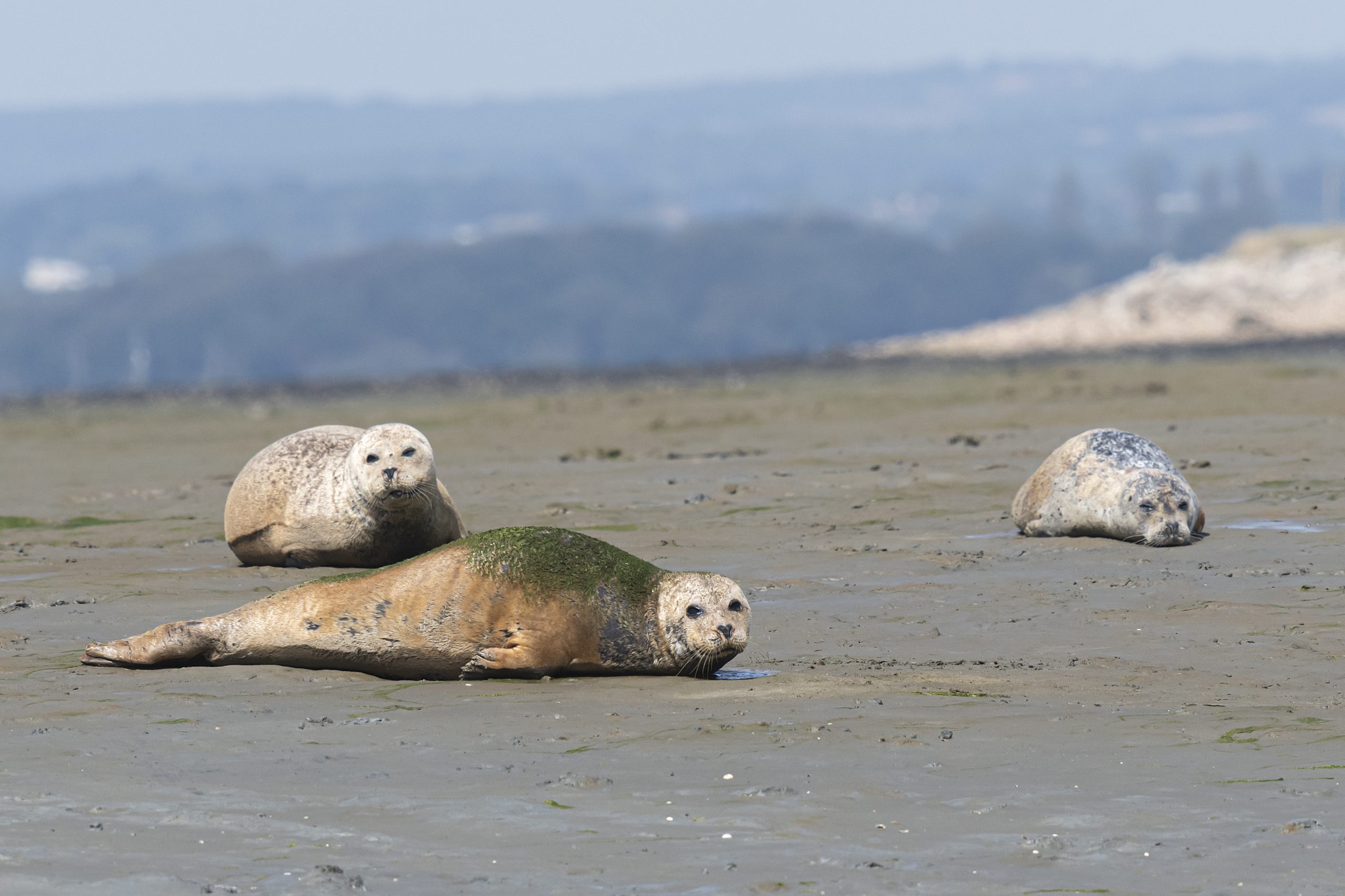Summer seal-spotting trips on our solar-powered boat are back from Easter Sunday. In our recently published Harbour Life Magazine, we took a closer look into the secret lives of the Chichester Harbour Seals…
Chichester Harbour is full of surprises, perhaps chief amongst them is the fact that we are home to the largest seal population in the Solent. You may have been lucky enough to spot one, bobbing in the water or resting on the mud flats at low tide.
Grey or Harbour?
Whilst they may look the same to the untrained eye, there are two species of seal that call Chichester Harbour home, Harbour Seal and Grey Seal. Both species use the harbour to rest and recuperate, “hauling out” at low water onto the mudflats. But how do you tell the two species apart?
Harbour Seal ID:
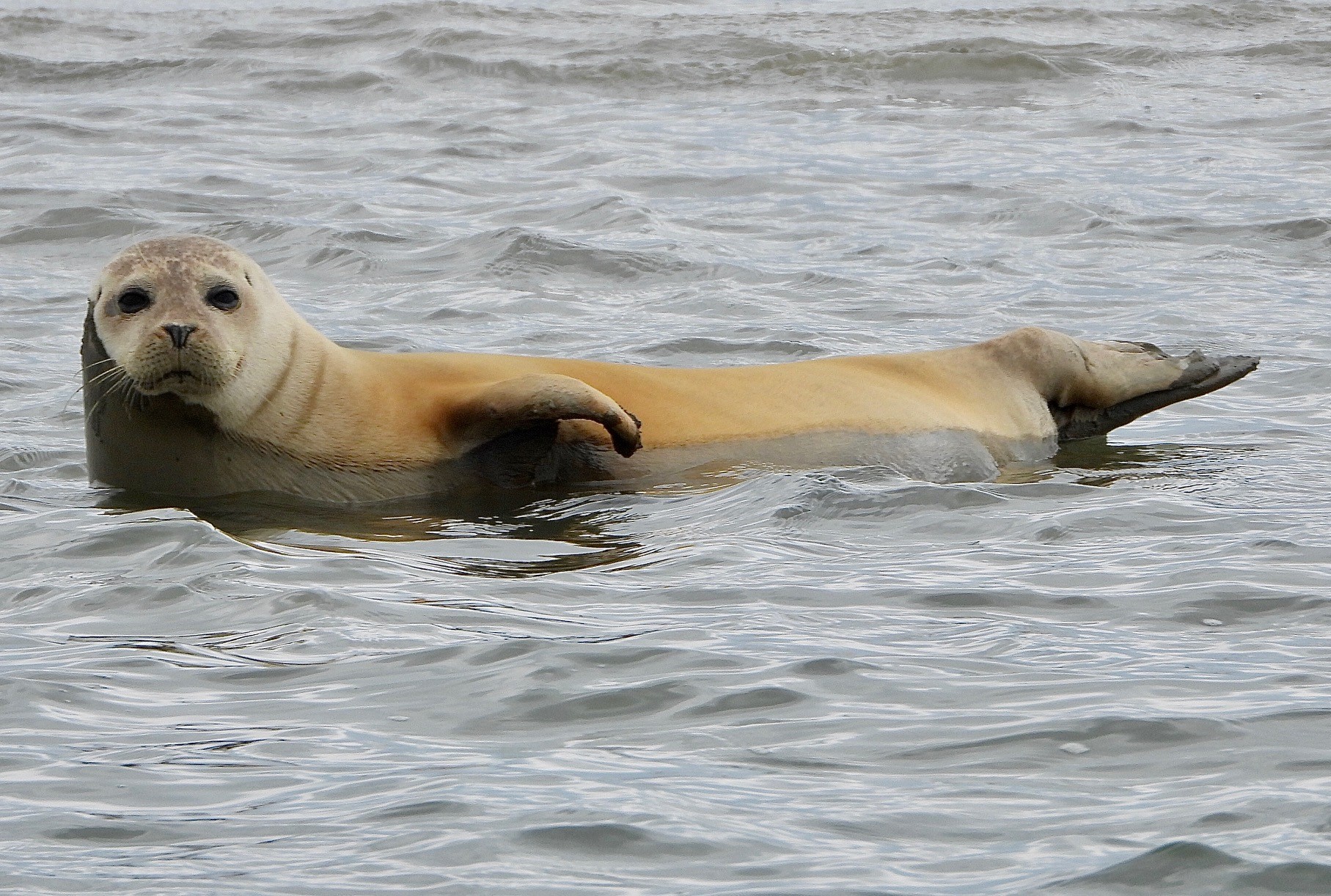
- ‘Cuter’ appearance than a grey seal.
- V-shaped nostrils.
- Cat-like face.
- Finely spotted coats.
Grey Seal ID:
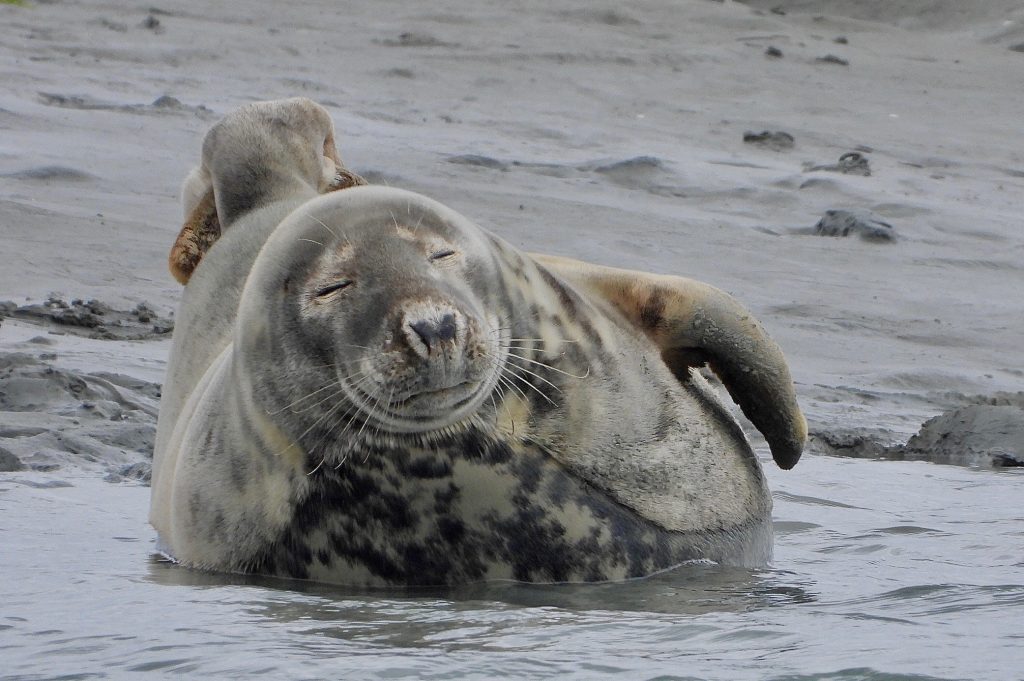
- Long ‘roman’ nose with parallel nostrils.
- Bigger than a Harbour Seals.
- Distinctly marked with a blotchier coat.
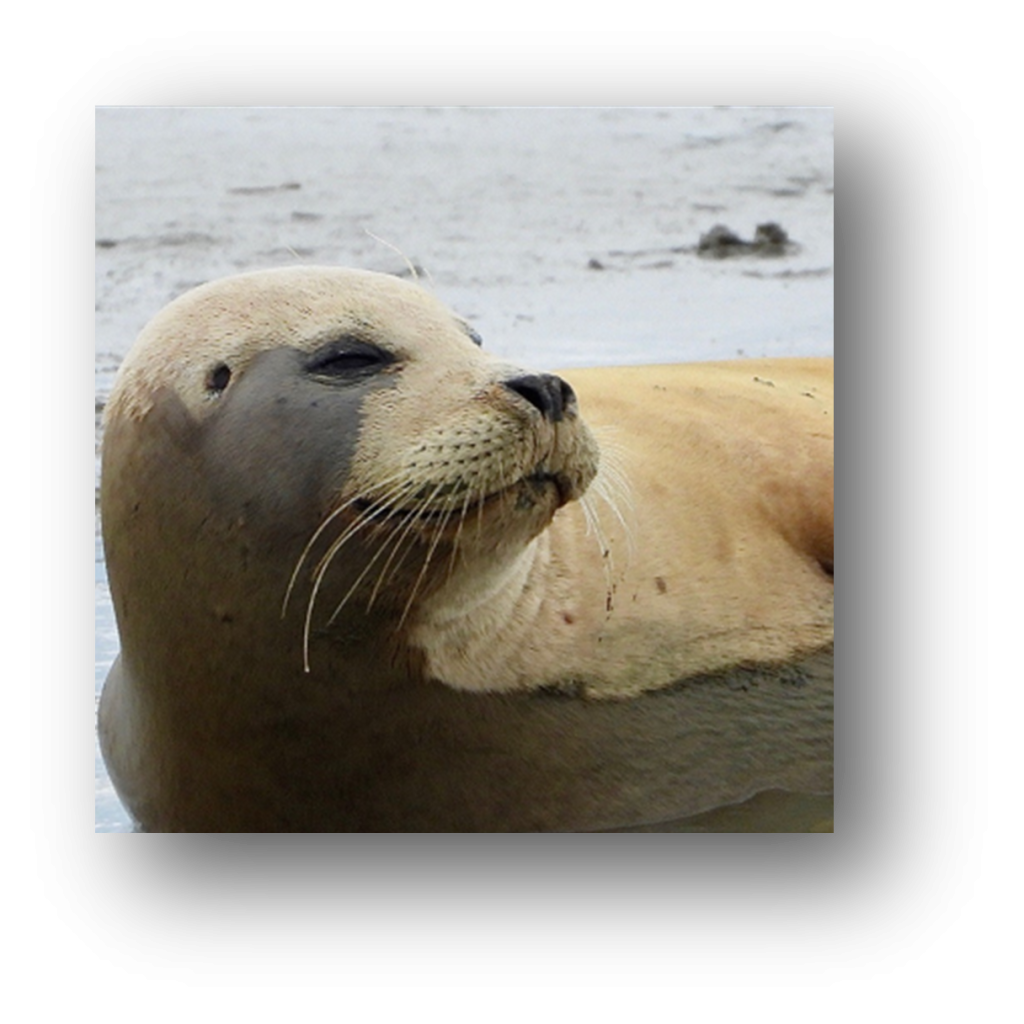
Beauty Sleep
The time seals spend resting on the mudflats is essential to their health; they can’t digest food whilst in the water, and the “haul out” is when seals get their sleep, socialise and feed their pups. Although catching a glimpse of a sleeping seal is a rare treat for any nature-lover, it is vital that we avoid disturbing them. Think how you feel when sleep-deprived, even essential tasks like getting a meal together can be hard. Unlike us humans, a seal can’t pop to a shop, or order a takeaway. To hunt those fast-moving fish seals need to bring their A-game.
Diving Specialists
Harbour seals spend 90% of their time at sea diving and can dive for prolonged periods, up to between 10 and 30 minutes, reaching depths of 50m or more. Their bodies are specially adapted to the task, reducing their rate of oxygen consumption by up to 70%. This is incredible when compared with hibernating bears that reduce their rate by 25% and sleeping humans by only 10%!
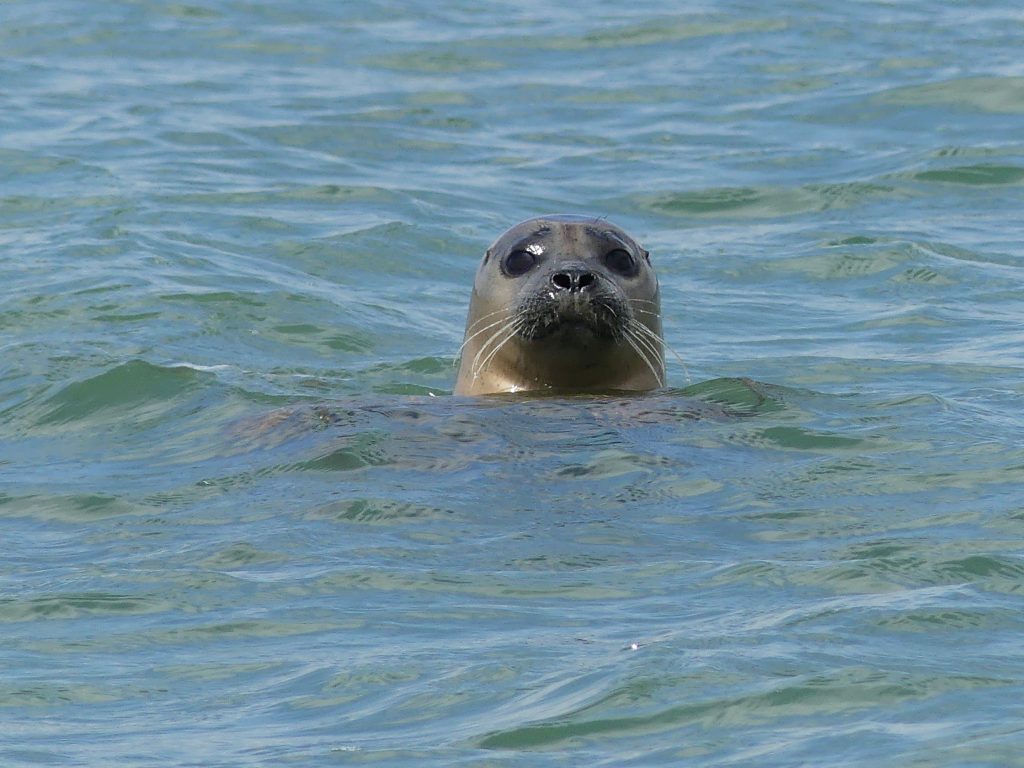
Where do they go?
In 2009 five Harbour Seals from Chichester Harbour were fitted with satellite trackers in a project with Hampshire and Isle of White Wildlife Trust. It was found that they ranged widely across the Solent’s harbours to hunt their prey with one venturing as far as Shoreham.
Grey Seals on the other hand are more pelagic, spending longer periods at sea and roaming much further up and down the length of the English Channel.
Born Ready!
Harbour Seals give birth to pubs here in Chichester Harbour during June and July. Born during low tide on the mudflats, they are ready to head to sea by the next high tide, swimming and diving with their mothers. Grey seals on the other hand do not breed here; their pups are white and fluffy when born and they need three weeks on land before they’re ready to go to sea.
Monitoring the Chichester Harbour Seals
Since 2015 there has been a co-ordinated seal count between Chichester and Langstone Harbours. Taking place monthly throughout the summer, these counts provide data about the health and numbers of the Grey and Harbour Seal populations.
Wizard Whiskers
As a fish swims through the water it creates disturbance trails, minute movements in the water. A seal’s whiskers are specially adapted to sense these tiny disturbances up to 180m away, detecting the direction, distance and even the size of the fish!
Spot The Difference
Each seal’s coat is uniquely marked, it’s very own pattern of spots and blotches. Careful observation can allow us to know which individuals are regulars in the harbour haul-outs.
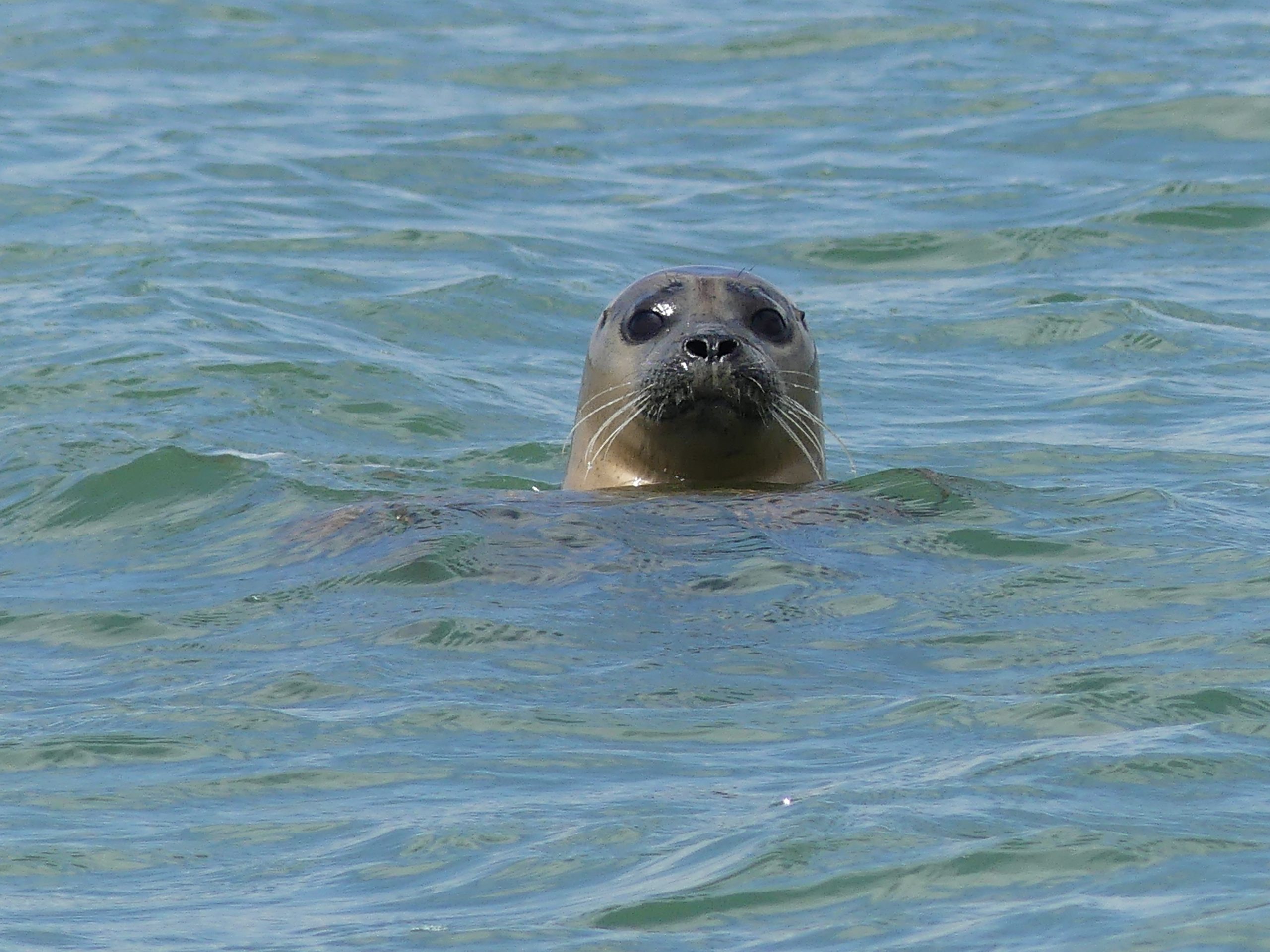
Seal Talk – A Glossary
Banana-ing; The shape a seal forms, like a banana, to raise its head and tail off cold wet mud to keep warm.
Bottling: The shape of a seal’s snout as it lies vertically in the water to snatch a brief nap.
Flushing: A stampede of panicked and frightened seals as they scramble off a beach when seriously disturbed.
Haul out: A place used by seals for rest, sleep and recovering strength.
Jugging: The shape a seal forms when it lies on its side to keep head, tail and one bent fore-flipper (like a jug handle) out of cold water as the tide comes in.
Plump: One of several collective nouns for a group of seals – a ‘plump’ of seals on land. Also a ‘bob’ of seal in the water and a ‘crash’ of seals – see ‘flushing’ above.
Rookery: A place where seals haul out to have their pups.
